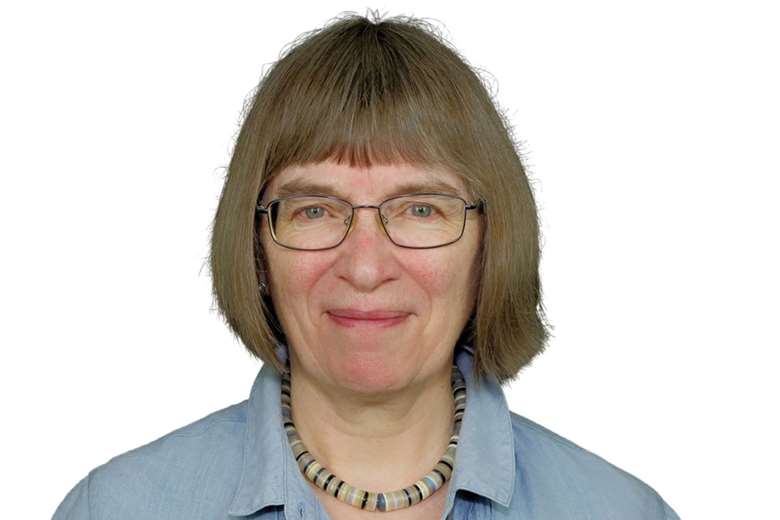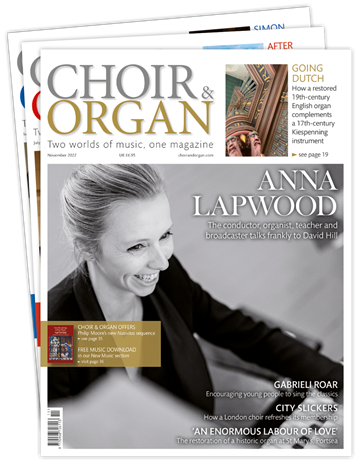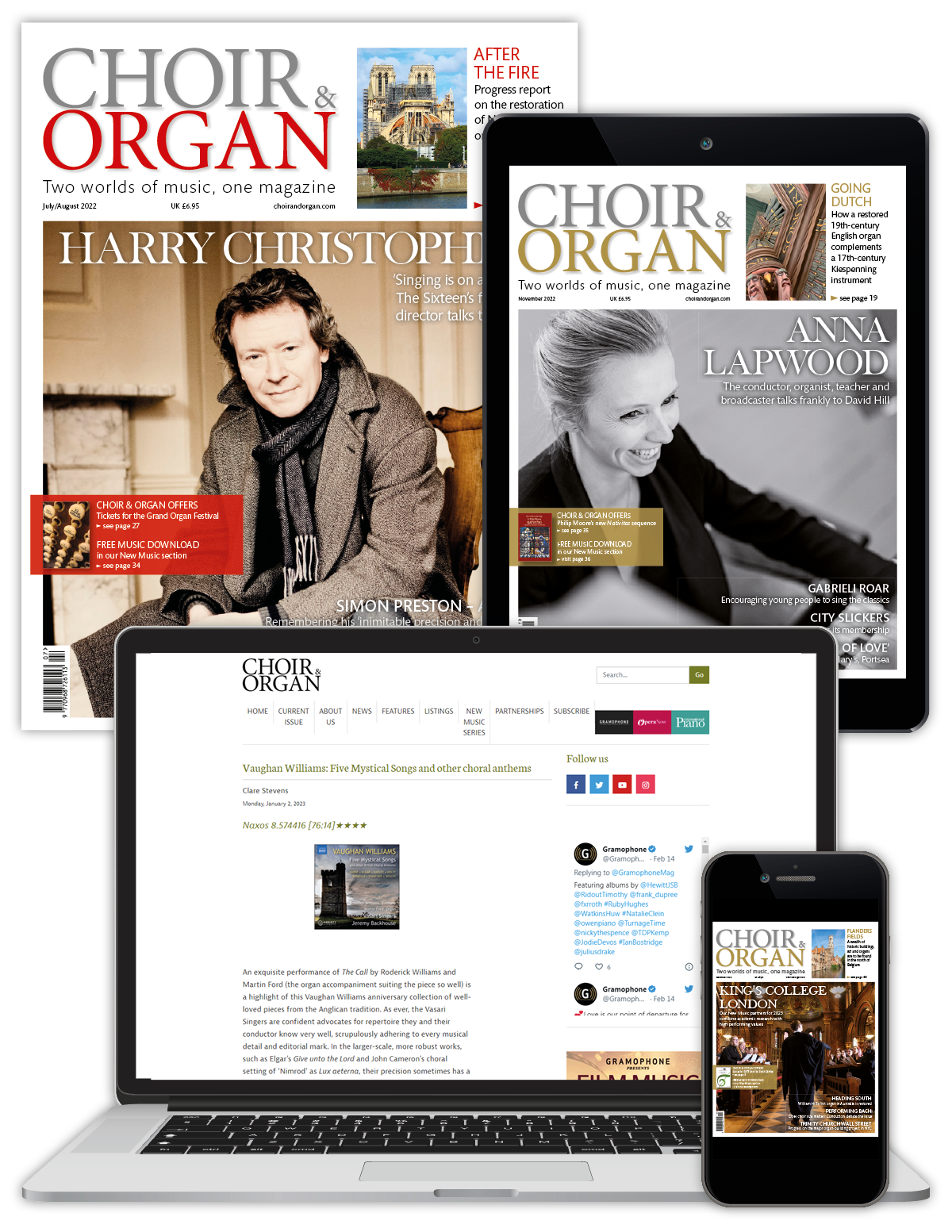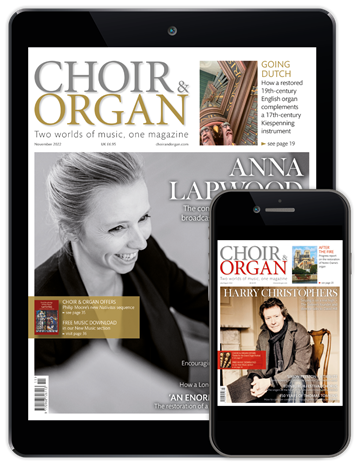The evolution of youth choral singing
Clare Stevens
Friday, February 21, 2025
An improvement in the UK’s choral provision for young people has led to a greater number of ensembles, rather than infiltrating our amateur choirs. In spite of this, the community choral scene continues to thrive, finds Clare Stevens

Clearing out some old paperwork recently, I came across a collection of newsletters and conference brochures published in the 1990s and early 2000s by the British Federation of Young Choirs (BFYC), later YoungChoirs.net. They record the extraordinary efforts made by this organisation, established in 1983, to try to halt and then reverse the perceived decline in choral singing amongst young people in schools, churches and elsewhere.
BFYC Singing Days introducing young people to great works of the European choral heritage, directed by the likes of Sir David Willcocks, Sir David Lumsden, Christopher Robinson and Brian Kay, attracted 20,000 participants aged between 12 and 25 in the organisation’s first ten years; it ran training courses for conductors and teachers, put experienced choral animateurs into clusters of schools, breathed life into fading choirs and formed new ones. The newsletters include reports from the inaugural courses of the National Youth Choir of Scotland (NYCoS) and the Ulster Youth Choir (now the National Youth Choir of Northern Ireland), and from BFYC’s two Adolescent Voice Conferences in 1996 and 1998, which did so much to raise awareness of good practice in vocal pedagogy and encourage teachers and conductors to explore repertoire for changing voices.
BFYC had close links with the international competitive festival scene and the ‘last hurrah’ of YoungChoirs.net was a wonderful non-competitive International Festival of Youth Choirs held in Worcester in 2013. Not long afterwards the organisation closed down, largely due to difficulties with fundraising. But it kickstarted a movement whose effects can still be seen in today’s very different choral environment. The thriving network of choirs in Newcastle/Gateshead, for example, based at the Glasshouse International Centre of Music; the London Youth Choirs, this year providing the ripieno chorus for The Bach Choir’s Palm Sunday St Matthew Passion at the Royal Festival Hall; the remarkable NYCoS pyramid that takes young people in Scotland all the way from toddler music groups to a professional-standard chamber choir.
Music services, the government-led Sing Up programme for primary schools, opera companies and symphony orchestras, and projects such as Paul McCreesh’s Gabrieli Roar! took up the baton. Workshops run by the Association of British Choral Directors and at events such as the Music and Drama Education Expo have enhanced the skills of music teachers and freelance choral conductors, some of whom now undertake degree-level courses at university or conservatoire.
And of course, the admission of girl choristers to an expanding number of cathedral choirs has changed the picture completely. We’re now into the second generation of sopranos and female altos who benefit from this musical training. Thanks to greater awareness of voice care for cathedral choristers, both boys and girls now have the musicianship that comes from singing so much repertoire on a daily basis underpinned by lessons in technique that develop their stamina and stand them in good stead for life.
Does that mean that the demographic of amateur choirs has changed? Are they now populated by younger, more skilled singers? Based on my own experience, I’m not sure that it does. I don’t often come across sopranos or baritones in their 30s and 40s who sang in any of the top-notch youth choirs that I used to see competing in the BBC Choir of the Year Competition.
What’s happened seems to be that a significant number of those accomplished teenagers go on to be collegiate choral scholars, to do music degrees – including for example the vocal consort course at York University founded by John Potter and now led by Robert Hollingworth – or to participate in training programmes such as Genesis Sixteen or Voces8’s apprenticeships. They then set up their own choirs, either professionally or as top-level amateur chamber groups, or snap up the rare vacancies that occur in The King’s Singers or The Gesualdo Six. They certainly don’t want to spend two terms note-bashing Haydn’s Creation.
Does that matter? Probably not, for the amateur choral scene is thriving, and perhaps more varied than it has ever been. Workplace and community choirs proliferate, thanks to competitions aimed specifically at them and the inspirational effect of Gareth Malone’s TV series. The standard of the big symphonic choruses seems to rise all the time. SATB choirs in large cities do appear to have a reasonable number of young adult members, especially in London. Less so in smaller towns, though some are attempting to address that issue by offering scholarships for singers under a certain age. And the popularity of ‘Come and Sing’ days, well, that probably deserves to be the theme of a separate article!
This article originally appeared in the Spring 2025 issue of Choir & Organ magazine. Never miss an issue – subscribe today






